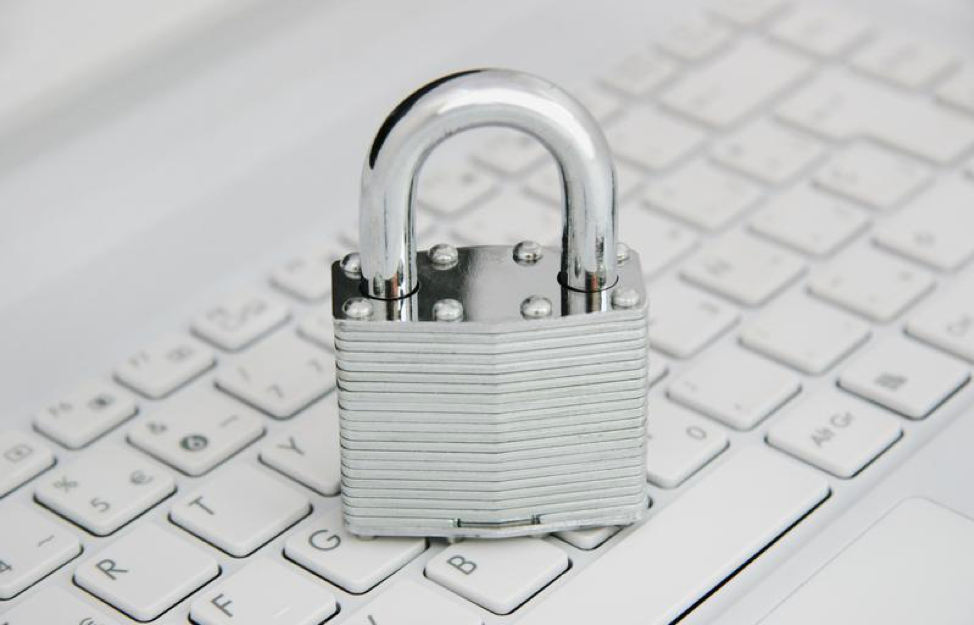One of the most important things businesses can do is to be proactive in protecting themselves against the threat of cyber-attacks. From hackers trying to steal the sensitive data of your employees or clients to viruses and malware that could cripple your entire network, your procedures must be set in case the unthinkable happens.
While there are no measures you can put in place to protect you against everything, you should implement as many security measures as you can. With numerous security safeguards in place, hackers may leave to seek out an easier target. Here are three tips you can use to safeguard your company’s system.
Password Practices
The utilization of secure passwords is one of the best and easiest security measures to use with a little management. Unless they are required to, most people don’t want to follow a strong password protocol. They want to use a short, easy password they can remember, and that they probably use in several other sectors of their lives. They don’t want to change them often because it’s inconvenient. Allowing your employees to do just that makes it very easy for observant hackers to break into your system.
There are a number of free and affordable services available to help you generate and manage passwords for your business and that can even monitor for and identify weaknesses in your system. These tools can help you ensure that employees are using strong passwords, provide real-time syncing across all devices in the growing bring your own device (BYOD) workplace, and revoke privileges for those not following the rules and putting your company at risk.
Identity Management
An organization’s process for authenticating, authorizing, and identifying individuals or groups of users allowed to have access to a company’s applications, networks or systems, identity management deals in the association of user restrictions and privileges with established identities.
Setting specific user groups and determining what access they are given on which systems are at the heart of identity management. Its focus is on authentication, determining whether a user has access to a given system and at what level of permission. A user or user group who works in sales may have access to part of your company’s system but wouldn’t be authorized, for example, to access human resources records.
Used by many, Microsoft Azure offers such identity management tools. Several best practices are key when working with Microsoft Azure, or any other software that handles sensitive data. Some of these include:
- Centralized identity management
- Conditional access
- Enables password management
- Enables single user sign-on
- Enforcement and management of multi-factor user verification
- Identity as primary security perimeter
- Reduced exposure to privileged accounts
- Resource location control
- Role-based access controls
Encryption Software
Encryption software is vital in protecting the sensitive data of your business, its staff, and your customers from theft during any and all transactions.
Aside from protecting financial transactions, encryption is important to protect the company’s own sensitive data like financial accounts, personnel files, and product details along with other information. The encryption doesn’t keep the hacker from breaking in, but it does help prevent them from deciphering the information they access.
Each day, hackers devise new ways to break through the online defenses of the businesses they wish to steal from. In order to survive in today’s ever-changing cyber threat landscape, we’re forced to become perpetual students, staying informed and on top of the latest threats and ways to combat them. In being proactive in our approach to online security, we’ll set our procedures to be ready should the unthinkable happen.
